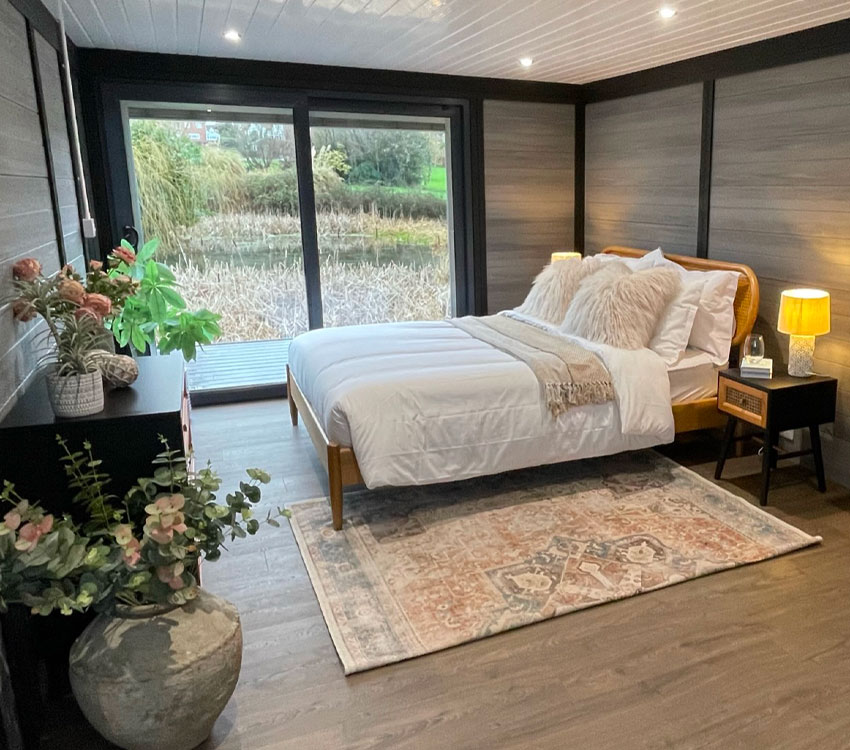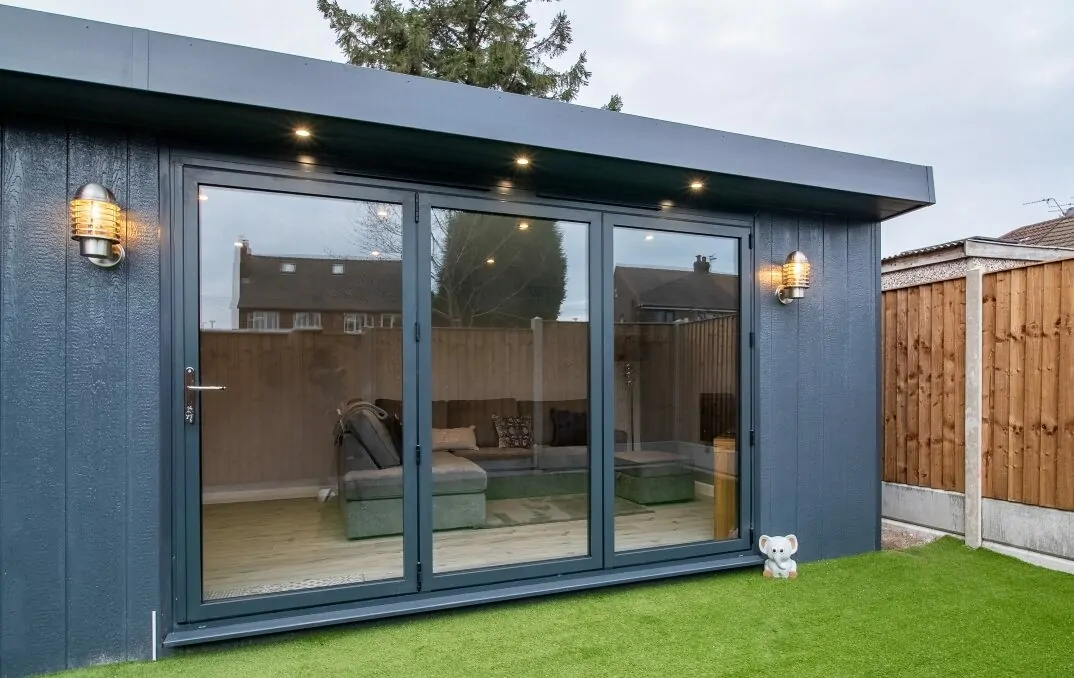New Info For Planning Permission On Garden Extension
New Info For Planning Permission On Garden Extension
Blog Article
What Planning Permission Is Required For Gardens, Rooms, Etc. With Regard To Changes Of Use?
In determining if planning permission is required for conservatories or garden rooms outhouses, garden offices and outhouses, or extension, "change of use" is also known as "change of use" is an essential function. Here are some important points to consider when obtaining permission for a change in usage:
Planning permission is required if you want to convert the structure that is not residential, such as an agricultural or garage or a house into an office space or a living space. It is necessary due to the fact that the building's use classification is likely to alter.
Garden Rooms as Living Space:
Utilizing a garden area as a separate living accommodation (e.g., a guest house or a rental unit) is considered to be a change in usage. The building must be approved by the planning authority in order to comply with residential standards.
Business Use
It is possible to require permission to plan to utilize a garden space or conservatory for business purposes like an office space or workplace that is frequented by employees or visitors. This is due to potential impact on your neighborhood, such as noise, traffic and parking.
Education or Community Use
In order to transform the garden building you have in place into a place for learning or community events (such as classrooms or meeting rooms), you will also require planning permission. The local authorities will evaluate the suitability of the location as well as the impact on the surrounding region.
Impact on Local infrastructure
In general, any alteration in usage that has an impact on local infrastructure (such as roads, drainage or public services) requires planning approval. As part of the planning process, the local authority will assess the impact of these changes.
Dual Use
Planning permission is required to clearly define and manage the various uses of the property.
Increased Footfall and Traffic:
If the proposed change in use is likely to increase footfall or traffic (e.g., converting a garden room into a small retail space), planning permission is required to consider any potential impact on the local area.
Building Regulations Compliance:
It is crucial to remember that even though a change in usage does not require the approval of a permission to plan, it should remain in line with all laws and codes for building. These are necessary for the safety of people and their health, and also for energy efficiency. This is especially relevant for conversions from habitable space to livable.
Environmental Impact:
Changes in the use of land that could have an impact on the environment, for instance as the transformation of agricultural land to an urban area requires planning permission. A planning application may include an environmental evaluation.
Community and Amenity Effect
The most important consideration is how the project will impact on the local community and its culture. Planning permission will be needed to convert the garden into a cafe for example to ensure that it is aligned the plans of the local community and to preserve local amenities.
Designated Zones:
In conservation areas, National Parks (AONB), or Areas of Outstanding Natural Beauty Changes in usage are subjected to stricter controls, to preserve the character of the place. Planning permission is essential in these instances.
Local Planning Policies
Local planning authorities may have different rules to permit a change in usage. It is essential to review these policies to understand the changes that require permission, and what requirements must be fulfilled.
Planning permits are often required for a significant change in the use or place of a gardenroom, conservatory outhouse, office, or extension. This ensures that any new application is in line with the location, adheres to local, national and environmental planning guidelines and considers the potential impact. Consult your local planning authority as early as possible during the planning stage to identify the necessary requirements and get the necessary approvals. Check out the most popular tring garden rooms for blog info including garden room conservatory, how to lay decking on soil, gym outhouse, garden room vs extension, costco garden buildings, outhouse, outhouses for garden, costco garden buildings, garden out house, 4m x 4m garden room and more.
What Planning Permission Is Required For Gardens, Rooms Etc. In Terms Of Neighbourhood Concerns?
The concerns of the neighbors are a key element in determining whether or not permission to plan will be required to build a garden room or conservatory, outhouse, garden office or extension. Two important factors to consider: Privacy and Overlooking.
Planning permission could be required if the new construction could cause a loss of private space. This will ensure that the new building does not adversely affect the living conditions of adjacent residents.
Loss of Light and Overshadowing:
A permit for planning is generally required if a proposed building will cause significant light loss or shadowing of nearby properties. The local authority for planning analyzes the impact of sunlight on adjacent homes.
Noise and Disturbance
The planning permission is necessary if the garden or extension is going intended to be used for noisy activities (such as clients visiting your office at home or a music studio, an office, etc.). This will ensure that the noise levels are not excessive and do not disturb the neighborhood.
Visual Impact and Character
The design, appearance and the size of the building should be in line with the neighborhood's character. The planning permission is required in order to make sure that the new development is visually appealing and does not harm the appearance of the neighborhood.
Boundary Proximity
The construction of structures within two meters of a boundary, or structures that are higher than 2.5 metres may require permission to plan. This is to settle any possible conflicts or impacts on neighboring properties.
Shared Access Rights and Rights of Way
To avoid blocking or causing harm to shared access points and rights of way, or even constructions, planning approval is needed.
Objection from neighbors:
Planning applications may be discussed with nearby residents. The authority for planning will consider the views of neighbors when determining whether approval is granted.
The impact on property values:
Planning permission is usually needed when major changes to the value of the houses surrounding you are made. This might not be the main reason but it will influence the decision. Local authorities will be aware of these impacts when deciding.
Covenants and Deed Restrictions
If you own a deed restriction or covenant on your property, it may oblige you to comply with the restrictions regardless of whether planning permission is granted. These agreements can restrict what can be built, and impact neighborhood harmony.
Construction Disturbance:
The planning permission can deal with the issues of disturbances that could happen during the construction phase such as dust and noise. To limit the effects of construction on neighbors, the conditions can be established.
Infrastructure Impact
If the new building places additional stress on infrastructure in your locality (e.g. parking, drainage or roads) Planning permits assures that the impact are assessed and handled accordingly.
Consultation with the Community
In certain situations, a broader community consultation may be required, especially for more complex or controversial projects. It permits a more democratic decision-making, as it takes the viewpoints of the local community into account.
In short, concerns about the neighborhood are important when deciding whether an extension, garden room or outhouse, garden office or extension is allowed. Ensuring that the development proposed does not alter the living space, the privacy, light, sound levels, and overall character of the area is vital. Consult the local planning authority at an early stage of the process to address these concerns. Check out the most popular solar powered heater for cabin for website examples including costco garden buildings, garden rooms in St Albans, garden rooms hertfordshire, outhouse garden rooms, outhouses for garden, what size garden room without planning permission, garden room planning permission, garden room, armoured cable for garden room, out house and more.
What Kind Of Permissions Do You Require For Gardens, Or Other Facilities That Are Located On Agricultural Land?
There are some limitations and requirements for planning permission when building conservatories, outhouses or gardens offices on land used for agriculture. Here are a few key aspects.
Agricultural land can be used for agricultural activities and other related ones. Its conversion to residential, or even to be used for garden structures, typically requires approval from the planning department. This is because it requires an alteration in its agriculture purpose.
Permitted Development Rights:
Land used for agriculture has often different development rights from residential land. You can build certain agricultural buildings without planning permission. However, these kinds of structures are not meant for offices or residential gardens.
Dimension and scale:
The scale and size of the structure proposed will affect whether planning permission is needed. Planning permission is typically needed for large buildings or structures that cover a greater area.
Impact on use of agriculture:
Planning permission is likely to be required when the new construction is disruptive to the agricultural uses of the land. This could mean that the land is reduced in available space for livestock and crops.
Green Belt Land:
If the agricultural land is also designated Green Belt, there are additional restrictions that aim to prevent urban sprawl and preserving open space. Any construction project built on Green Belt land typically requires approval for planning and must satisfy stringent criteria.
Design and Appearance
The design and appearance of the new structure should be in line with the rural character of the area. The planning permit will ensure that the building doesn't alter the visual or landscape amenities.
Environmental Impact:
Environmental impact is a consideration when building on agricultural land. A study of the environment may be required in order to get planning approval to ensure the new structure won't harm wildlife habitats or the local ecosystem.
Proximity to Existing Buildings:
The proximity of the proposed office or garden to existing agricultural buildings can affect planning requirements. Structures built close to the existing structures of a farm could be seen differently than the ones in open fields.
Access and Infrastructure:
The impact on access and infrastructure, including roads, water supply, and waste management has to be considered. Planning permission will decide whether or not the existing infrastructure is able to support the new construction.
Classification of Order:
Planning law defines the specific purposes of agricultural land. To be in compliance with local laws and regulations, changing the use classes to include non-agricultural structures often requires planning approval.
Local Planning Policy:
Local planning authorities formulate specific policies for agriculture land. Planning permission is granted to non-agricultural structures according to these guidelines, which take into account the local development plans as well as community needs.
National Planning Policy Framework (NPPF):
In the UK The National Planning Policy Framework provides guidelines for how land should be developed and used. Planning permissions on agricultural land are evaluated in the perspective of the NPPF. This emphasizes sustainable growth and rural areas.
In short the simplest way, a permit for planning is needed for the construction of greenhouses, garden rooms, outhouses and extension of garden offices on agricultural land. This permit is needed to ensure that the land uses are modified and in line with national and local guidelines. To find out the exact needs and obtain the necessary approvals, it is essential that you consult the local planning authorities. Have a look at the top what is a conservitory for blog tips including luxury outhouse, outhouse garden, garden rooms in St Albans, herts garden rooms, garden rooms hertfordshire, do i need planning permission for a garden room with toilet, do you need planning permission for a garden room, outhouse building, what size garden room without planning permission, myouthouse and more.